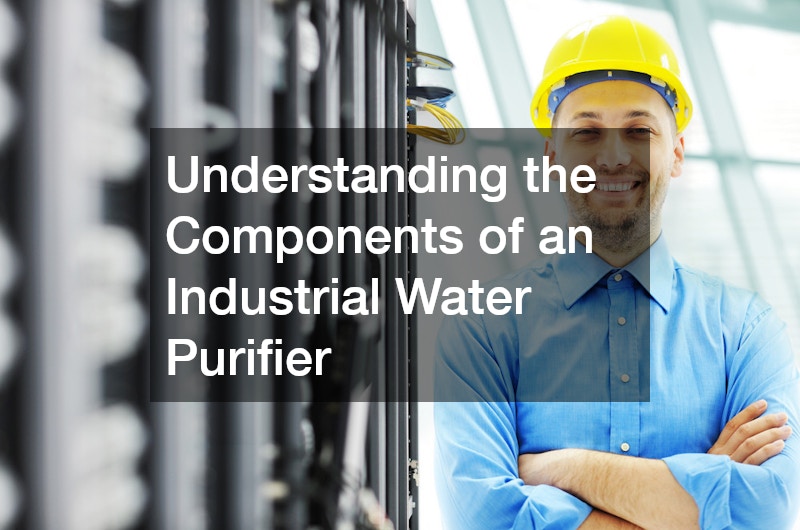Understanding the components of an industrial water purifier system is vital for ensuring clean and safe water for various industrial applications. The first key component is the pre-treatment system, which removes large particles and organic matter from the water. This step often involves processes like filtration and using chemicals to prepare the water for further purification stages.
Next, the core of industrial water purifiers typically includes advanced filtration methods such as reverse osmosis or ultrafiltration. Reverse osmosis systems use a semipermeable layer to eliminate dissolved salts, bacteria, and other impurities, providing high-quality purified water.
Ultrafiltration, on the other hand, utilizes fine membranes to eliminate suspended solids and pathogens, making the water suitable for industrial use.
Another crucial component is the post-treatment system, enhancing the quality of the purified water to meet specific industrial standards. This stage may involve additional filtration, UV light or chlorine disinfection, and pH adjustment to ensure the water is safe and suitable for the intended application. Monitoring and control systems are also integral, allowing for continuous assessment of water quality and automatic adjustments to the purification process.

In addition to these main components, it often includes storage and distribution systems to manage the purified water supply efficiently. Storage tanks must be designed to prevent contamination, and distribution systems should maintain water quality during transport. Regular maintenance and monitoring ensure the system operates effectively and delivers consistent results.




